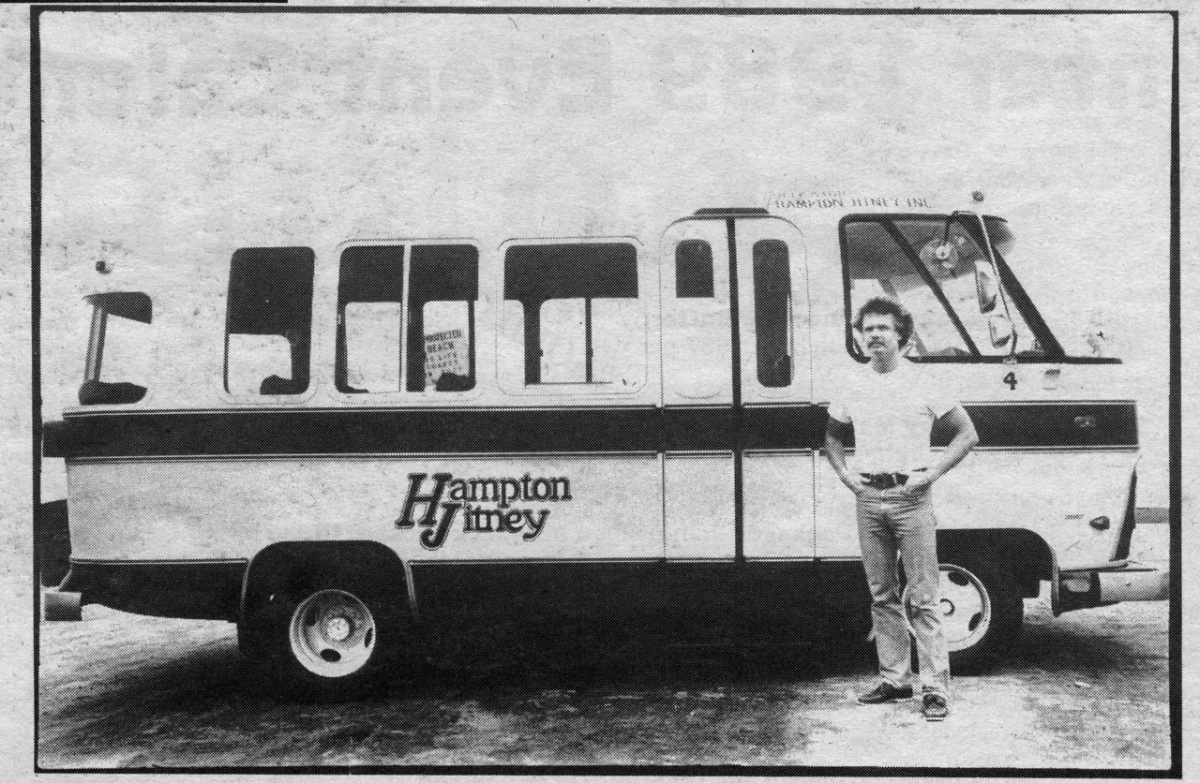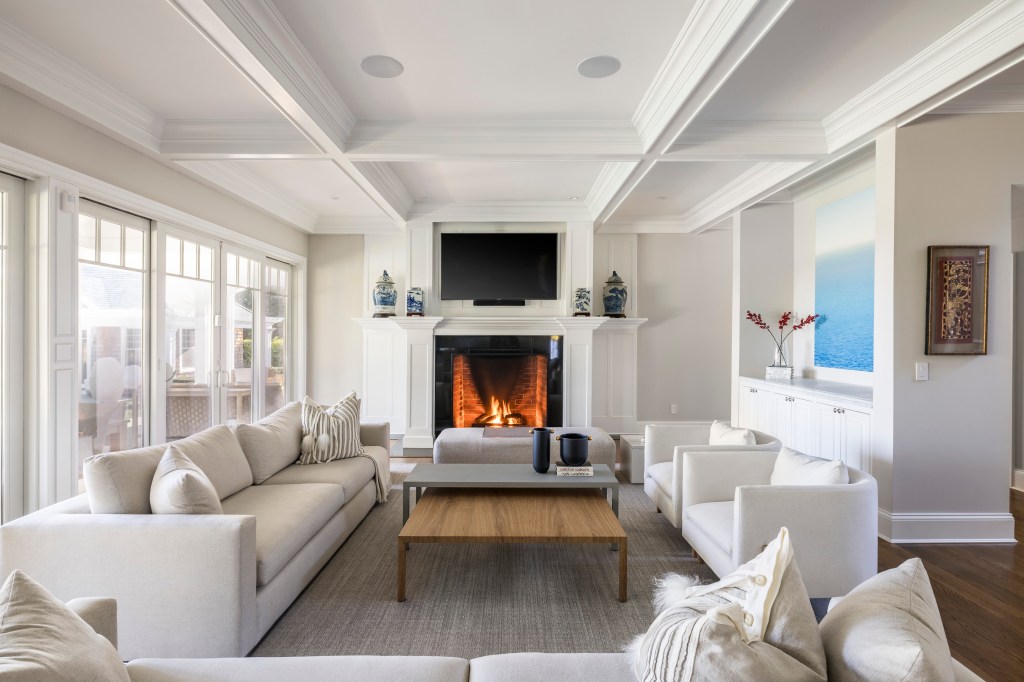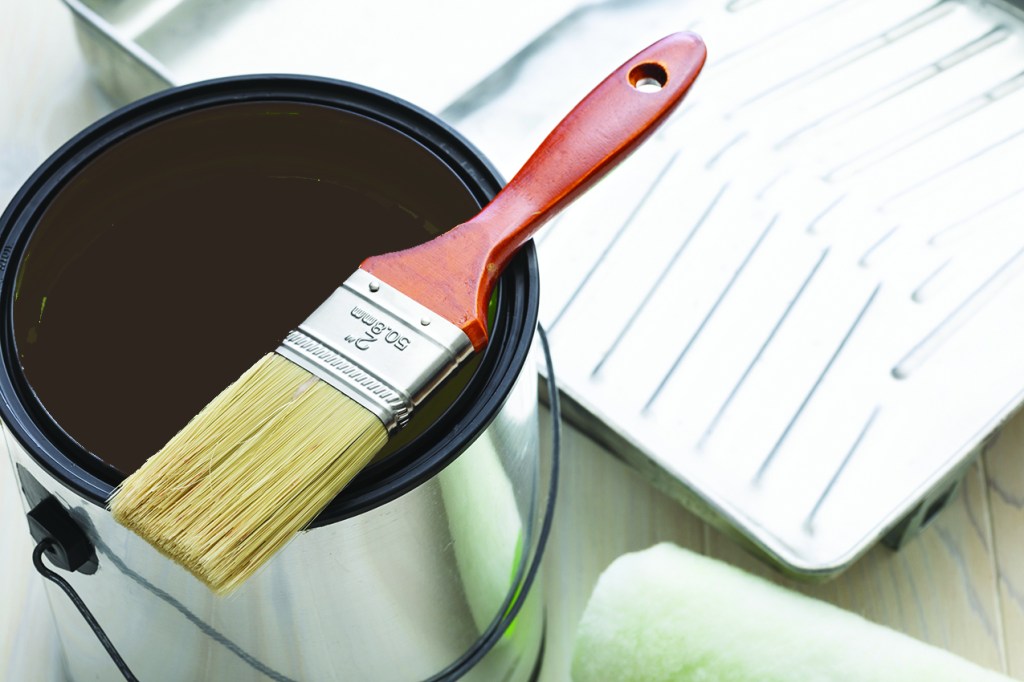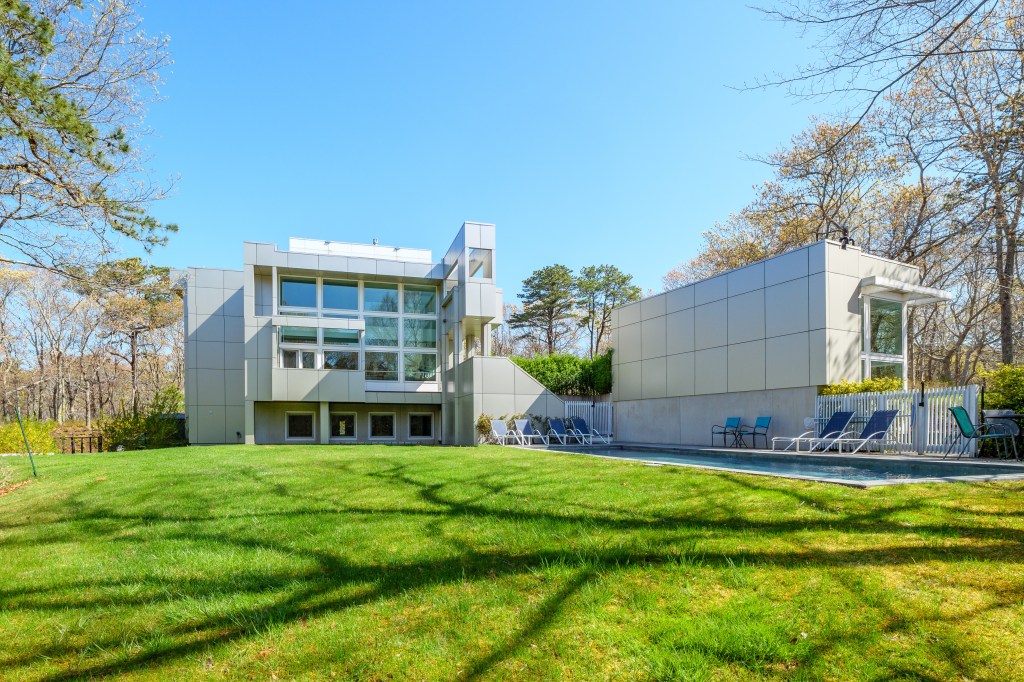A History of the Hampton Jitney

In the fall of 1973, an advertising man I knew named Jim Davidson came to see me in my office in Bridgehampton to tell me of an idea he had. He was in his early 30s at the time, as was I, and he had a summer house in Water Mill and thought the time had come to do something about using less gasoline to get around the Hamptons. He wanted to start a unique bus service the following spring whose goal would be to help people get around the Hamptons without buying much gasoline. It would be good for visitors and it would be good for the planet. Would Dan’s Papers help him? I asked him to tell me about it.
I should note that in 1973 no one was concerned with global warming. There was not even a hint that humans were throwing up too much carbon into the atmosphere. Instead, the concern was that we might run out of gasoline. We had, in fact, almost run out of it, or so it seemed. The year before, suddenly, there was very little gas at any of the gas stations in America. People were driving on empty, getting to gas stations at the last minute, where they simply parked at lines that went around the block when gas was available somewhere—noted by a sign saying so out front. It was a terrible time. Fistfights broke out among motorists when someone tried to cut the line. People could barely get around.
The reason for this gas crisis was that America’s own oil supply had run low, and in oil-rich Arab lands, the governments had formed an oil cartel called OPEC. Now they were just doling gasoline out in drips and drabs to drive the price up, and our government could do nothing about it. President Nixon pleaded with people to use less gas. He instituted an odd-even gas rule. If your license plate ended in an odd number, you got gas Monday, Wednesday and Friday. If even, you got it Tuesday, Thursday and Saturday.
For some reason, Americans tended to believe we were about to run out of the earth’s supply of oil. What could you do? In the Hamptons, the economy slowed. Visitors were not certain they could drive out to the Hamptons, find gas for their cars here and then drive home. Resorts and chambers of commerce here were advertising that this was not the case. If you didn’t drive much around here after you got here, you’d have enough to get back to the city. “The Hamptons on a tank of gas and back” was the slogan.
And that was why Jim Davidson was sitting in my office.
“I want to create a shuttle bus service to get people around the Hamptons after they get here,” he told me. “It would be like those jitneys they have in southeast Asia. We have this one main road. I will have eight-passenger vans driving up and down the Montauk Highway from Southampton to Montauk, back and forth and back and forth. You could hail it anywhere, get on and go from one town to the next.”
“What would it cost?”
“Fifty cents a trip, from wherever you got on to wherever you got off. We’d have a bike rack on a trailer out back of the vans. You’d put your bike there. Then you’d have your transportation for going north or south after you got off.”
I thought this was a very unlikely idea. People were in love with their cars. But then I thought maybe it could work. There had been a lot of things that I thought would not work that did. And certainly it would bring a remarkable and unusual service to the community. So if he wanted to try this, I would gladly support it. I told him so.
“We’ll need permits to do this. You just can’t start a bus service and charge money for it without permits,” Jim said.
At this particular time, Dan’s Papers was the only independent publication in the Hamptons. All other publications were newspapers of record. They would be for or against the project, giving space to those opposed to the plan as well as in favor. This was why Jim approached me. Besides that he knew me, I had no such obligations.
“I’ll write up a story about what you are going to do,” I told him. “And I’ll urge everyone to let the towns approve it. And I know a lot of officials who could help ease the way to get permits.”
And so, this man Jim Davidson embarked on a business that he called the Hampton Jitney, doing something that had nothing to do with what the Jitney has become today, 40 years later—bringing people back and forth from the Hamptons, the North Fork, Manhattan, Brooklyn, Florida and Boston in the lap of luxury.
Over the following winter, Jim approached my art director, Thom Speckenbach, about designing a logo for the Hampton Jitney. Thom phoned me about it. We had a skeleton staff in the winter and were publishing once a month. I was vacationing in Hawaii. Got there in November, was returning in March.
“Go ahead,” I told him. “Do your best.” Thom’s logo went on the sides of the two minivans that Jim bought. It’s the same logo that is there today.
The service started off well. There were lots of people, especially those with environmental concerns, who thought this a good idea. You’d see the vans going up and down the Montauk Highway right outside my office window.
But soon, the uniqueness of it ended and ridership dropped off. It continued on for the rest of the summer, and for the summer after that, but it was clearly not going to make it. The gas crisis was resolved. And people just weren’t going to give up their cars.
What I didn’t know was that in the fall after the first year, people asked Jim if he’d take them in and out from the city aboard his vans. It was not exactly a business. Jim had a license to ferry people around. Could be that he could take families home to Manhattan for a fee if it were not a regular thing. He did it a few times.
During the second summer, Jim told me that he wanted to expand his service to include driving back and forth to Manhattan on a regular schedule. He’d do both—go to the city and continue the Jitney back and forth on the highway. And now he needed permits in Manhattan and permission to stop at various places to pick up and drop off. This was going to be very difficult and he wanted to start his application process right away to get it done for the next season.
At these hearings, which took place in Manhattan during the fall and winter of 1975 and 1976, we discovered to our surprise that the Long Island Rail Road considered the Hampton Jitney a competitor and wanted to keep their exclusive right to transport people in and out of Manhattan. We thought it pretty funny that a company with just two eight-passenger vans could be a competitor with the railroad. How little we knew.
With our newspaper’s support, however, and with the support of many others, Jim got his permits. He could stop along Third Avenue, letting passengers off heading uptown from the Midtown Tunnel at 39th Street, then 42nd Street, 51st Street, 59th Street and so forth and so on to 86th Street. Schedules were printed up. And the stops, one in each town out here, were marked with signage on those street corners.
A party atmosphere was present on these eight-passenger vans for the first two years. On those first trips, everybody was meeting everybody else. It was a festive occasion on wheels, but soon there came a need for the Jitney to purchase large motor coaches to handle the crowds. We were sorry to see it end when the big busses came.
It was apparent at this point that Jim Davidson had a clear and effective vision for what his Hampton Jitney could be. The up-and-down-the-highway service was discontinued a year or two after he got permission to go to the city, and nobody seemed to notice.
But the service with the big motor coaches thrived dramatically. These busses, as they are today, are quite luxurious. There are movies on board, restrooms, attendants to serve food and drink and sometimes a glass of wine. There’s peace and quiet and no cellphone use allowed, except for emergencies. And, remarkably, Jim grew this business in such a way that his motor coaches were almost always on time. You could set your watch by them.
Soon, some celebrities “adopted” the Hampton Jitney service. Artist Roy Lichtenstein contributed the famous white wave lines that came to adorn the sides of the coaches. Lauren Bacall did a radio commercial praising the Jitney in that sexy, sultry voice she had.
At first, Jim ran the reservations line out of his home. But quickly that became more than he could handle. His second home was a giant former potato barn on Butter Lane, on the west side heading north just past the railroad tracks, where the reservations were taken over the phone in offices on the second floor and the busses were serviced by mechanics on the ground floor.
Around 1982, Jim moved his offices to Southampton. It was almost a stroke of genius about how he arranged this. He needed a big space. On County Road 39, a man back in the 1960s had built a big catering hall called Gold Crest Manor. It had failed, and a second attempt to make a success of it, by turning it into a roller-skating rink called “Skate Hampton,” had failed too. Now this vast space had become vacant. And Jim bought it.
The back of the building became a huge service garage for his growing fleet of vehicles. In the front on the eastern side were his reservation offices. The center became a lobby for the customers, where, later, he installed a National Car Rental Service, a lunch counter now run by Janet O’Brien Caterers, a service counter for the Jitney, bathrooms and vending machines. The western side of the space became a health club. There were workout rooms, weight-lifting equipment and, at least early on, two small indoor swimming pools, one warm, one hot. Outside there was a parking lot, which he configured with a bus stop in front of the building and parking for customers and motor coaches and staff and health club patrons all around. What an operation that was, and is, springing from the mind of this one man all at once.
The Jitney thrived. But Jim, at the age of about 44, took sick, and after a number of years with his doctors fighting whatever it was he had, died at 48. It was not spoken about what ailed him. But it was whispered that it was this new disease, AIDS. Turned out it was.
The last occasion I met with Jim was when we went to lunch on Main Street in Southampton. He looked terribly sick but we pretended he was not. He talked about an upcoming trip he was going on, to Rome, Venice and the Amalfi Coast of Italy. It was to be his last trip.
Before he died, Jim sold the Hampton Jitney, together with its building, to Brent Lynch, a man whose immediate family owned the Bridgeport–Port Jefferson Ferry and a tugboat company in the Port of New York. The family and I became friends. I attended a remarkable party at which a new tugboat bought by the tugboat firm was christened at the Shinnecock Inlet “Missy McAllister,” for Brent’s wife.The ship was blessed, Missy Lynch broke a champagne bottle on its bow, Brent praised his wife for all she does, food and drink were served on the dock, and a trip out to sea to inaugurate its entry into the family tugboat fleet. The Hampton Jitney service continued to expand.
The Hampton Jitney today is run by Brent’s son Geoff, who together with his brother Andrew has grown the service even further.
Since 1988 when the family bought it, the Jitney has added a service to the West Side of Manhattan, to Brooklyn, to Boston (the Boston Jitney brings people across the Bridgeport–Port Jeff ferry between Long Island and Connecticut as part of the service), excursions to Broadway shows and sports events in Manhattan, trips to Florida in the winter, a service on the North Fork and a super luxurious motor coach service to Manhattan called the Ambassador. They also have the contract to provide the mini-bus service for the Suffolk County.
Today, the full fleet of busses totals 58, with more on the way. Busses leave every hour or so, going one place or another, and the on-time service record continues with only the rarest of exceptions.
I’ve been proud to have been part of this dream that Jim Davidson brought to life. He’s left it in good hands, and it is one of the iconic brands that makes the eastern end of Long Island what it is today.



